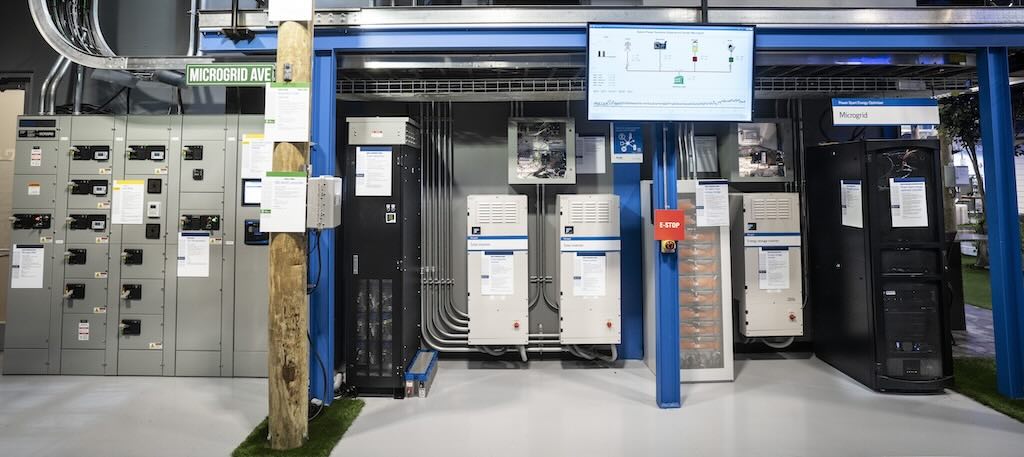Molex Inc. and LumaCon, LLC have entered into a definitive agreement providing Molex sole rights to manufacture, distribute and sell Small Form Factor (SFF) connectors using the patent-pending LumaCore technology.
Connectors based on LumaCore technology are ideal for applications that require highly reliable multi-fiber optical interconnect solutions, such as in the aerospace, industrial and communications markets, where environmental extremes push the envelope of traditional optical interconnect solutions.
The broad line of LumaCore optical terminus products enhance Molex’s comprehensive offering of single and multi-fiber interconnects by delivering dense optical interconnect solutions to the military and aerospace markets. LumaCore products offer all of the service and design flexibilities found in the single-fiber solutions, while enabling interconnect points to have nearly the same density as multi-fiber ribbon architecture interconnects.
Under the terms of the agreement, Molex gains immediate access to LumaCon’s novel, all-metallic LC-compatible interconnect product line LC2 and its circular connector product offering, which is based on industry leading Mil-DTL-38999 Series III connector bodies and will be marketed as Molex’s MXL-38999 interconnect system.
Under the agreement, LumaCon will provide direct design and marketing support, as well as transition all manufacturing and technology to Molex. LumaCon also will continue to support planned product line expansions and custom product developments as requested by Molex and its customers.
LumaCore tuneable terminus system delivers less channel-to-channel variance, lower insertion loss and higher return-loss performance across a broader environmental range than any competing SFF technology. LumaCon products are designed around the industry-standard 1.25mm zirconia ceramic optical interface, which assures availability, competitive cost and standard processing knowledge throughout the supply chain.



